Blog
Jewellok is a professional pressure regulator and valve manufacturer and supplier.
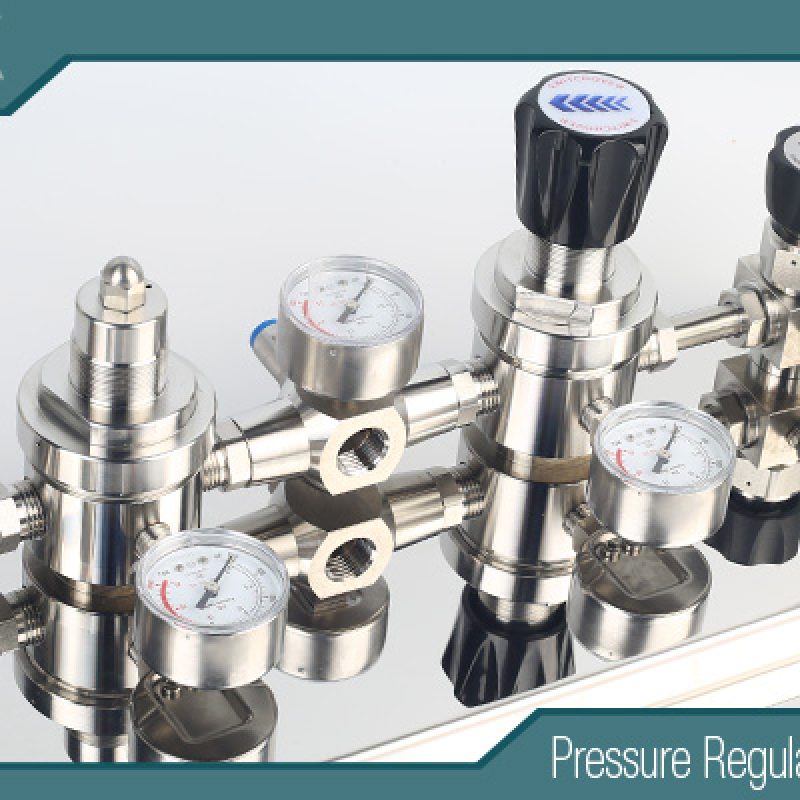
How to Quickly Troubleshoot the Cause of Persistently Low Outlet Pressure in A 1/2 Gas Pressure Regulator?
- Pressure Regulator Valve Manufacturer
- 1 1 2 gas pressure regulator, 1/2 gas pressure regulator, 1/2 Gas Pressure Regulator manufacturer, 1/2 Gas Pressure Regulator supplier, 1/4 VCR Stainless Steel Ultra High Purity Gas Regulator, 2-stage auto changeover lp propane gas regulator, 3/4 natural gas regulator, 316L Stainless Steel Gas Pressure Regulators, Adjustable Helium Single Stage High Pressure Gas Regulator, adjustable natural gas regulator, application of ultra-high purity gas pressure regulator, argon gas pressure regulator, argon gas pressure regulator manufacturer, argon gas pressure regulator supplier, Argon Gas Regulator Manufacturer, Argon Gas Regulators, BA Grade High Purity Gas Pressure Regulators, best gas regulator valve manufacturers, best high flow UHP gas pressure regulator industry, best high flow UHP gas pressure regulator industry in Italy, best high pressure nitrogen gas regulator, best high purity gas pressure regulator, best high purity gas pressure regulators manufacturer, Best specialty gas regulator manufacturers, Best specialty gas regulators, Best specialty gas regulators manufacturer in india, China Customized Back Gas Pressure Regulator Manufacturers, China Natural Gas Pressure Regulator, gas pressure regulator
- No Comments
How to Quickly Troubleshoot the Cause of Persistently Low Outlet Pressure in A 1/2 Gas Pressure Regulator?
Gas pressure regulators are critical components in residential, commercial, and industrial gas systems, ensuring that high-pressure gas from supply lines or tanks is reduced to safe, usable levels for appliances like furnaces, water heaters, stoves, and generators. A 1/2-inch gas pressure regulator, commonly used in medium-flow applications, typically handles connections with 1/2-inch National Pipe Thread (NPT) fittings and is designed for flows up to around 200,000-500,000 BTU/hr, depending on the model and gas type (natural gas or propane). However, issues like continuous low outlet pressure can disrupt operations, leading to inefficient combustion, appliance malfunctions, or even safety hazards such as incomplete burning and carbon monoxide buildup.
The query at hand focuses on whether, beyond well-known issues like diaphragm damage and spring fatigue, low outlet pressure in a 1/2-inch regulator could stem from insufficient flow due to mismatched interface sizes. This is a pertinent question, as mismatched components—such as pipes, fittings, or valves that don’t align with the regulator’s specifications—can indeed restrict gas flow, causing a pressure drop as the system struggles to meet demand. In essence, if the interfaces (inlet/outlet connections) are undersized or improperly matched, the regulator may not deliver adequate volume, resulting in persistently low downstream pressure.
This article explores the mechanics of gas regulators, delves into common causes of low outlet pressure, examines the role of mismatched interface sizes in causing insufficient flow, and provides a step-by-step guide for quick troubleshooting. Drawing from industry insights and technical resources, we’ll highlight how these factors interplay, emphasizing practical solutions for technicians, homeowners, and engineers. Understanding these elements is vital, as unresolved low pressure can lead to increased energy costs, equipment wear, and potential regulatory violations under standards like those from the American Gas Association (AGA) or National Fire Protection Association (NFPA).
Low outlet pressure is often symptomatic of broader system imbalances. For instance, in natural gas systems operating at inlet pressures of 5-10 psi, a 1/2-inch regulator might aim for an outlet of 3.5-7 inches water column (WC), while propane systems could target 11 inches WC. When pressure consistently falls below this—say, to 2-4 inches WC—it signals a problem. While diaphragm tears or weakened springs are frequent culprits, flow-related issues like mismatches deserve equal attention, especially in retrofitted or DIY installations.
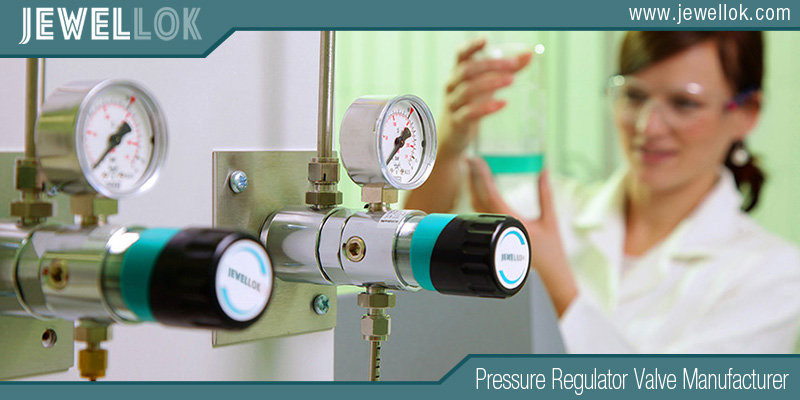
Understanding 1/2-Inch Gas Regulators and Low Outlet Pressure
A 1/2-inch gas pressure regulator refers to the nominal pipe size of its inlet and outlet ports, typically designed for moderate residential or light commercial use. These regulators can be direct-acting or pilot-operated, but the principles of pressure regulation remain similar: a sensing element (diaphragm) balances inlet pressure against a setpoint spring to control a valve plug, modulating flow to maintain stable outlet pressure.
Low outlet pressure occurs when the regulator fails to supply enough gas volume at the desired pressure, often manifesting as weak flames, pilot light outages, or appliance shutdowns. Common benchmarks include:
- Natural gas: Outlet 3.5-7 inches WC (about 0.125-0.25 psi).
- Propane: Outlet 10-14 inches WC (about 0.36-0.5 psi).
Factors influencing this include inlet pressure variations, demand fluctuations, and internal wear. Beyond mechanical failures, hydraulic principles like Bernoulli’s theorem come into play—where restrictions increase velocity but drop pressure, exacerbating low output.
In high-demand scenarios, such as multiple appliances running simultaneously, the regulator must handle peak flows without “droop,” a phenomenon where outlet pressure decreases as flow increases due to spring compression limits. Droop alone can mimic low pressure, but when combined with flow restrictions, it amplifies the issue.
Common Causes: Diaphragm Damage and Spring Fatigue
Before addressing mismatched interfaces, it’s essential to recap the primary mechanical causes mentioned in the query.
1. Diaphragm Damage
The diaphragm is the regulator’s pressure-sensing heart, a flexible membrane that expands or contracts based on outlet pressure feedback. Damage can occur from:
- Chemical attack: Exposure to contaminants like sulfur compounds in gas or moisture leading to corrosion.
- Cycle fatigue: Repeated pressure fluctuations cause cracks or holes, allowing gas to bypass and reducing control accuracy.
- Over-pressurization: Sudden spikes from upstream issues tear the material.
Symptoms include erratic pressure or leaks, but in low-pressure cases, a damaged diaphragm may not fully open the valve, starving the downstream line. Repair involves disassembly and replacement, often costing $20-50 for parts.
2. Spring Fatigue
The adjustment spring sets the outlet pressure via compression. Over time:
- Fatigue from constant loading/unloading weakens it, causing the setpoint to drift lower.
- Corrosion from humid environments reduces elasticity.
- Improper adjustment (over-tightening) accelerates wear.
A fatigued spring results in insufficient force to counter low downstream pressure, keeping the valve partially closed. Testing involves comparing actual output to setpoint with a manometer; replacement is straightforward but requires matching the spring’s range (e.g., 3-12 inches WC).
These issues account for 40-60% of regulator failures, per industry reports, but they don’t explain all low-pressure scenarios, especially those persistent under varying loads.
Insufficient Flow from Mismatched Interface Sizes: A Key Culprit?
Yes, besides diaphragm and spring issues, continuous low outlet pressure in a 1/2-inch gas pressure regulator can indeed be related to insufficient flow caused by mismatched interface sizes. This occurs when the piping, fittings, or connected components have diameters or configurations that don’t match the regulator’s design, creating bottlenecks that restrict gas volume and induce pressure drops.
1. How Mismatched Interfaces Cause Insufficient Flow
Interface sizes refer to the inlet/outlet ports, pipe diameters, and any adapters. A standard 1/2-inch regulator expects 1/2-inch (or equivalent) piping to maintain laminar flow and minimize resistance. Mismatches include:
- Undersized upstream piping: If the supply line is 3/8-inch or smaller, it can’t deliver enough gas volume to the regulator’s inlet, especially at high demands. This creates a “starvation” effect, where inlet pressure appears normal, but flow rate is inadequate, forcing the regulator to operate below capacity.
- Oversized or undersized downstream piping: Downstream restrictions (e.g., 1/4-inch lines after a 1/2-inch regulator) cause backpressure buildup initially, but under sustained flow, velocity increases lead to frictional losses and low pressure at endpoints.
- Improper fittings or adapters: Using reducers without accounting for flow coefficients (Cv) can introduce turbulence. For example, a sharp 1/2-to-3/8 reducer adds equivalent length, increasing pressure drop per Hagen-Poiseuille equation: ΔP = (8μLQ)/(πr⁴), where smaller radius (r) exponentially hikes drop.
- Tees, elbows, or valves near interfaces: Placing the regulator too close to flow-disrupting elements (within 10 pipe diameters) causes uneven pressure distribution, mimicking low flow.
In fluid dynamics terms, mismatched sizes reduce the system’s overall capacity. For a 1/2-inch regulator rated at 300,000 BTU/hr for natural gas (specific gravity 0.6), a mismatched 3/8-inch inlet might limit flow to 150,000 BTU/hr due to a 50-70% Cv reduction. This insufficient flow means the regulator can’t build outlet pressure against demand, resulting in continuous lows—often 20-50% below setpoint.
Real-world examples abound: In RV propane systems, connecting a 1/2-inch regulator to undersized flexible hoses causes low stove pressure. In home heating, retrofitting with smaller pipes during renovations leads to furnace inefficiencies. Industry data suggests improper sizing contributes to 20-30% of regulator performance issues.
2.Differentiating from Other Flow Issues
While mismatches are specific, related problems include:
- Clogged filters or strainers: Debris buildup restricts flow similarly to small pipes.
- Inadequate inlet pressure: If supply is below the regulator’s minimum (e.g., <5 psi for some models), flow suffers.
- Undersized regulator overall: A 1/2-inch unit might be mismatched to the load if total BTU demand exceeds its rating.
Mismatches are particularly insidious because they often go unnoticed during low-demand periods, only manifesting continuously under normal operation.
Other Potential Causes of Low Outlet Pressure
To provide a holistic view, consider additional factors:
- Contamination and wear: Dirt or corrosion on valve seats prevents proper sealing, leading to leaks and pressure loss.
- Supply pressure effect (SPE): Changes in inlet pressure directly affect outlet, especially in direct-acting regulators.
- Inadequate downstream volume: Small pipes or tanks cause rapid pressure swings.
- Temperature effects: Cold weather contracts gas, reducing effective pressure in propane systems.
- Regulator orientation: Improper mounting (e.g., upside down) allows condensate buildup.
These can compound with mismatches, making diagnosis tricky.
How to Quickly Troubleshoot the Cause
Troubleshooting low outlet pressure should be systematic, safe, and quick—ideally under 30-60 minutes for basic checks. Always shut off gas, ventilate, and use certified tools. Here’s a step-by-step guide:
- Safety First (5 minutes): Isolate the regulator by closing upstream valves. Check for leaks with soapy water. Ensure no open flames.
- Measure Pressures (10 minutes): Use a manometer or digital gauge at the regulator’s outlet test port. Compare to setpoint under no-load and full-load conditions. If low only under load, suspect flow issues. Also, measure inlet pressure to rule out supply problems.
- Inspect Interfaces and Piping (10 minutes): Visually check pipe sizes. Measure diameters—ensure inlet/outlet match the regulator’s 1/2-inch spec. Look for reducers, kinks, or corrosion. Calculate equivalent pipe length; if >50 feet with multiple fittings, friction could be the cause.
- Check for Restrictions (10 minutes): Disconnect and inspect filters/strainers for clogs. Blow out lines with compressed air (safely). If mismatched, test flow rate: Attach a flow meter or time gas usage against known volumes.
- Test Regulator Function (15 minutes): Adjust the spring setpoint slightly (clockwise to increase pressure) and retest. If no change, disassemble (if qualified) to inspect diaphragm and spring for damage. Use a flashlight for cracks.
- Load Testing (10 minutes): Simulate demand by running appliances. Monitor pressure drop. If >10-20% droop, consider undersizing or mismatches.
- Advanced Checks (if needed): Use a pressure recorder for fluctuations. Consult manufacturer specs (e.g., Maxitrol or RegO models) for Cv values.
If mismatches are confirmed, replace with proper-sized components. For diaphragm/spring, order OEM parts. If unresolved, call a professional—DIY errors can void warranties.
Prevention and Maintenance Strategies
Prevent low pressure by:
- Sizing correctly: Use BTU calculators to match regulator and pipes.
- Regular inspections: Annual checks for wear and clogs.
- Install filters: Upstream Y-strainers catch debris.
- Proper installation: Follow codes (e.g., 10 pipe diameters from bends).
- Training: Educate users on adjustment limits.
These steps extend regulator life to 10-15 years.
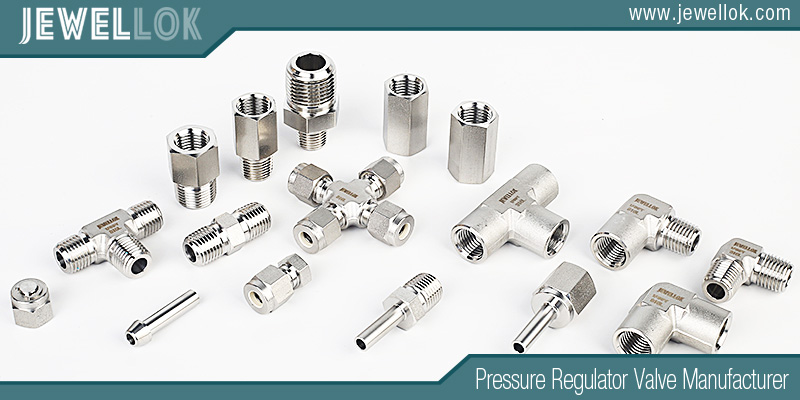
Conclusion
In summary, yes, continuous low outlet pressure in a 1/2-inch gas regulator can be linked to insufficient flow from mismatched interface sizes, beyond diaphragm damage and spring fatigue. Mismatches create restrictions that hinder volume delivery, dropping pressure under demand. Quick troubleshooting via pressure measurements, inspections, and adjustments can pinpoint and resolve this. By understanding these mechanisms and maintaining systems proactively, users ensure reliable, safe gas operation. Always prioritize safety and consult experts for complex issues.
For more about how to quickly troubleshoot the cause of persistently low outlet pressure in a 1/2 gas pressure regulator?, you can pay a visit to Jewellok at https://www.jewellok.com/ for more info.
Recent Posts
How Does An Acetylene Gas Changeover Manifold Work?
How Does A Carbon Dioxide Gas Pressure Regulator Work?
How Does A Oxygen Gas Pressure Regulator Work?
How Does A Helium Gas Pressure Regulator Work?
How Does A Nitrogen Gas Pressure Regulator Work?
How Does An Argon Gas Pressure Regulator Work?
How Does A Propane Gas Pressure Regulator Work?
How Does A Acetylene Gas Pressure Regulator Work?
How Does the High Pressure Back Pressure Regulator Work?
The Complete Guide to Camco 59013 Single Stage Propane Regulator
Tags
Recommended Products
-
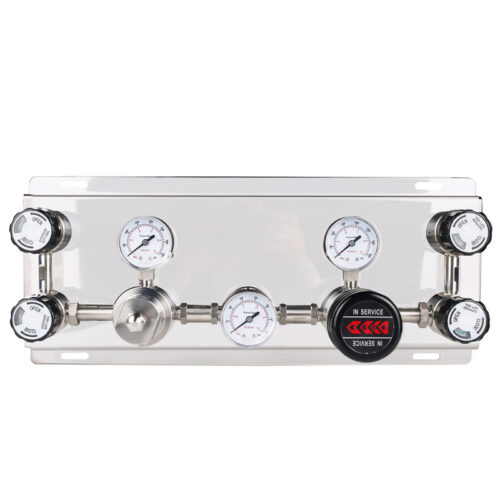
Semi Automatic And Automatic Switching Speicialty Gas Changeover Manifold Panel With Semiconductor Valve Manifold Box Gas Pressure Regulators
-
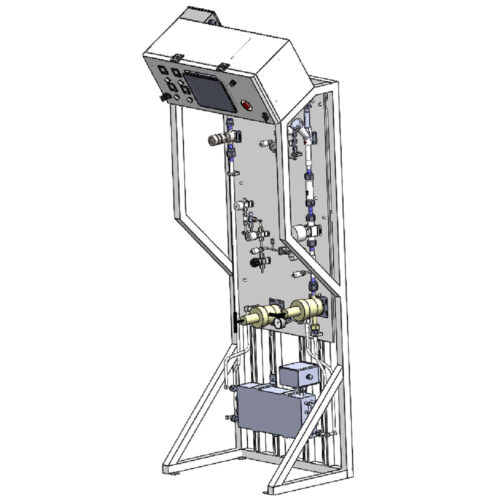
Fully Automated Gas Cabinet Gas Rack Gas Delivery Systems JW-300-GR
-
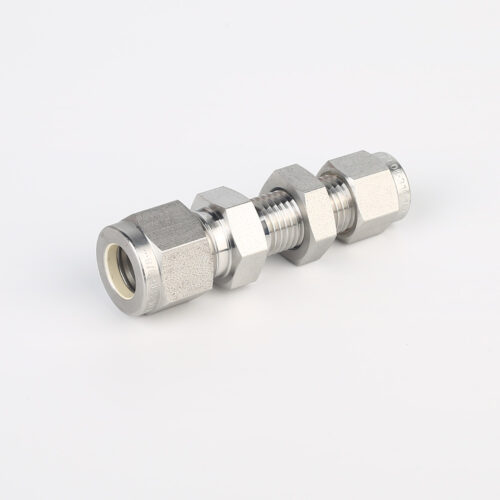
775L Bulkhead Reducing Union | Stainless Steel High Purity Double Ferrule Bulkhead Reducing Unions
-
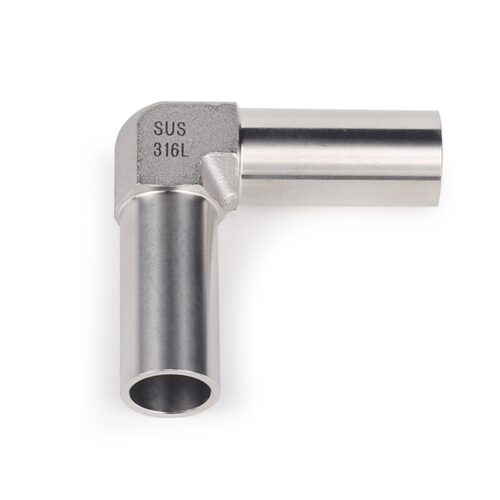
High Purity Stainless Steel Mini Tube Butt Weld Fittings For Semiconductor
-
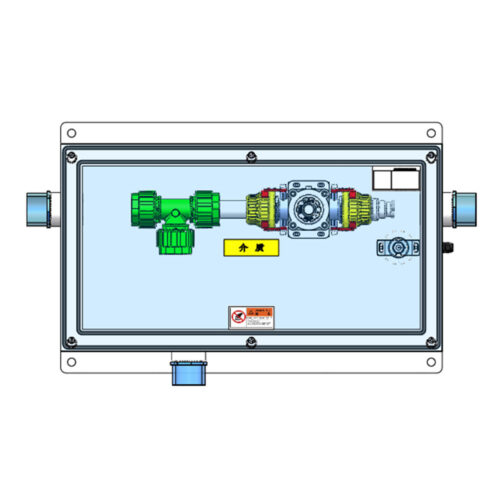
T-BOX JW-TB-C Special Gas Delivery System Gas Valve Manifold Boxes
-
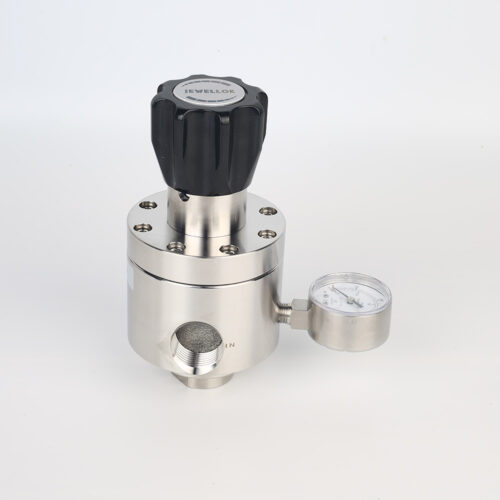
Low Pressure High Flow Line Pressure Regulators And Control Valves JSR-4L Series For Laboratory Pressure Control
-
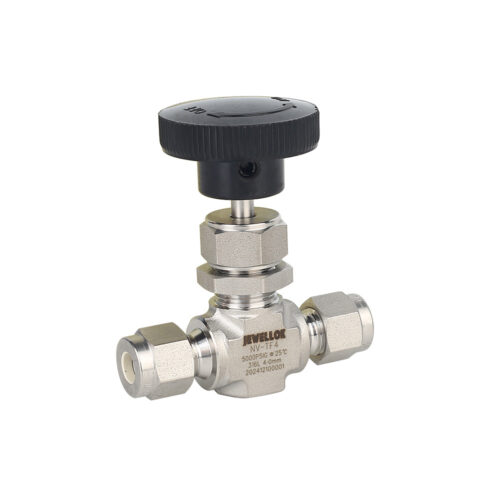
High Purity High Pressure Stainless Steel Needle Valve Natural Gas Flow Control Valve JNV Series
-
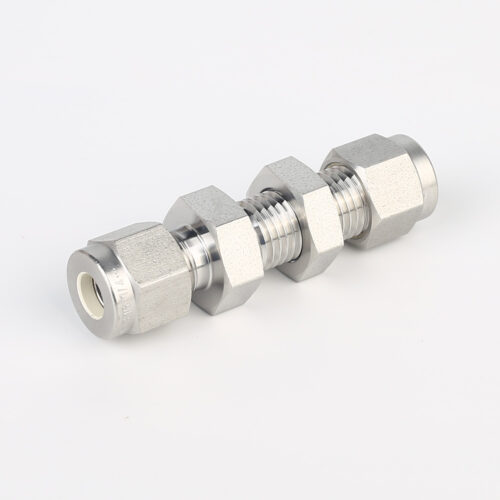
774L Stainless Steel UHP Fittings Butt Weld Bulkhead Union For High Flow Special Gas Fluid